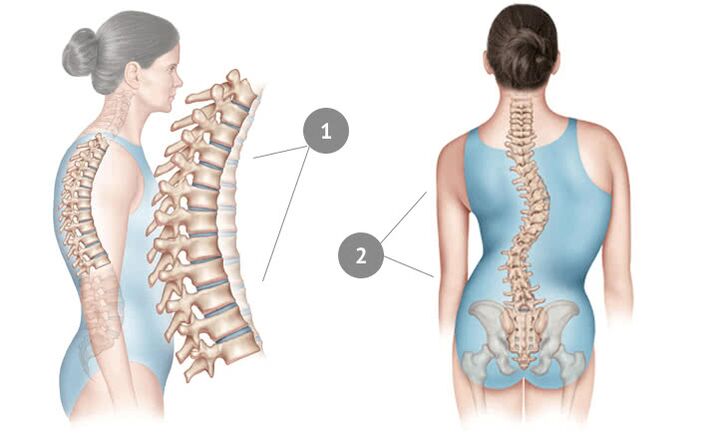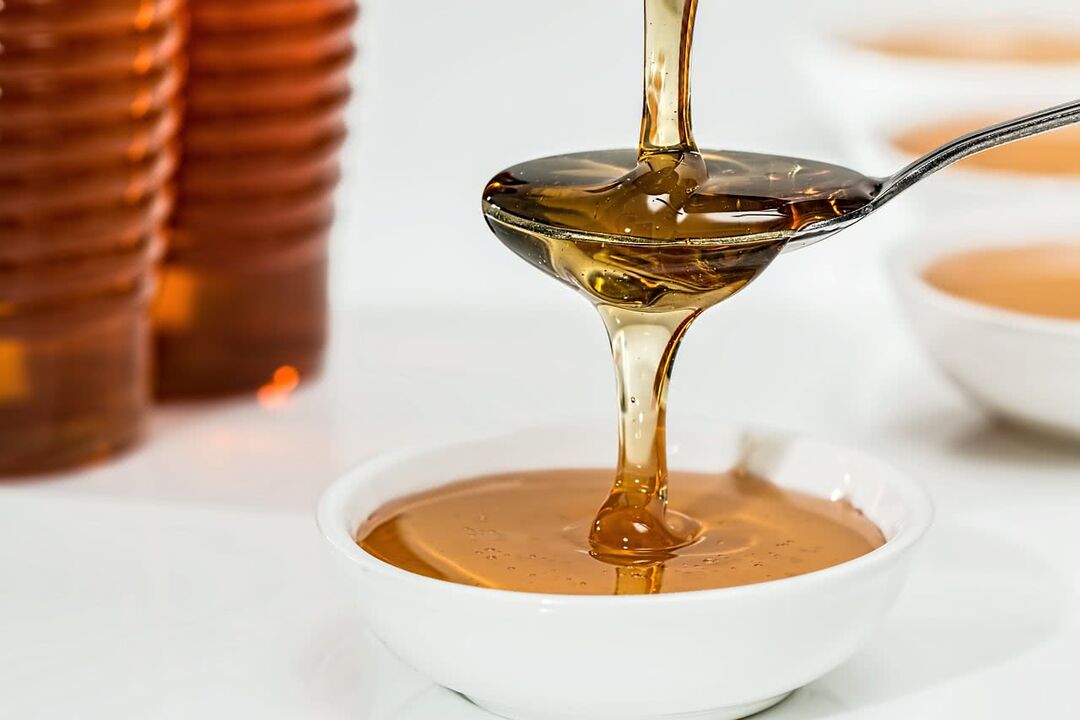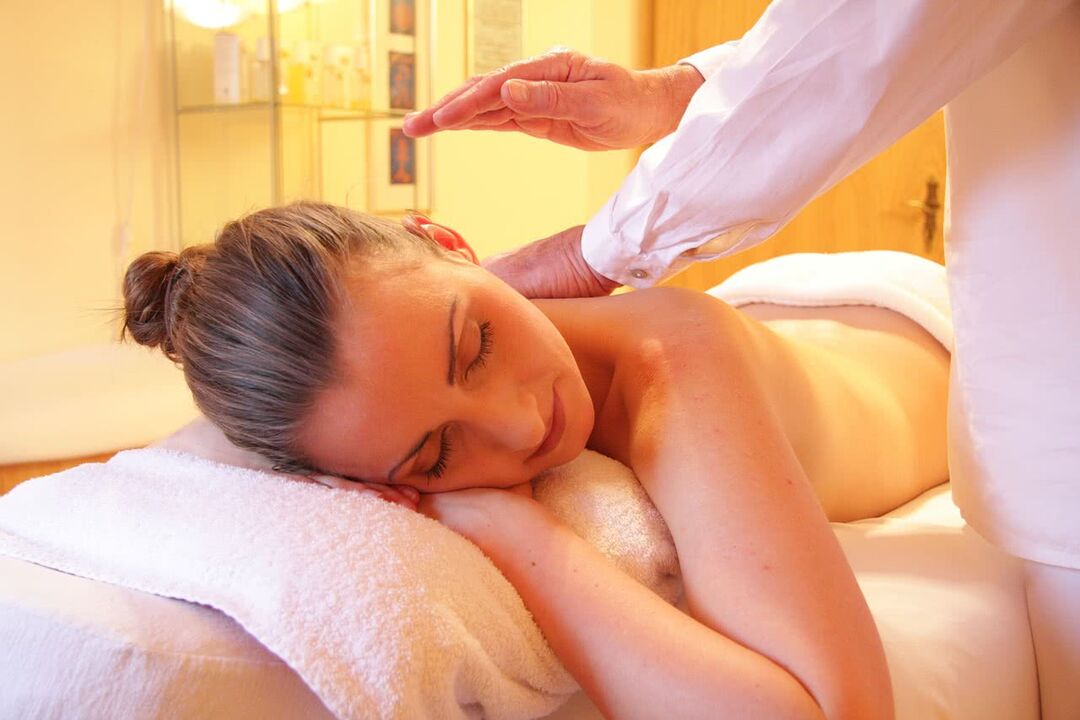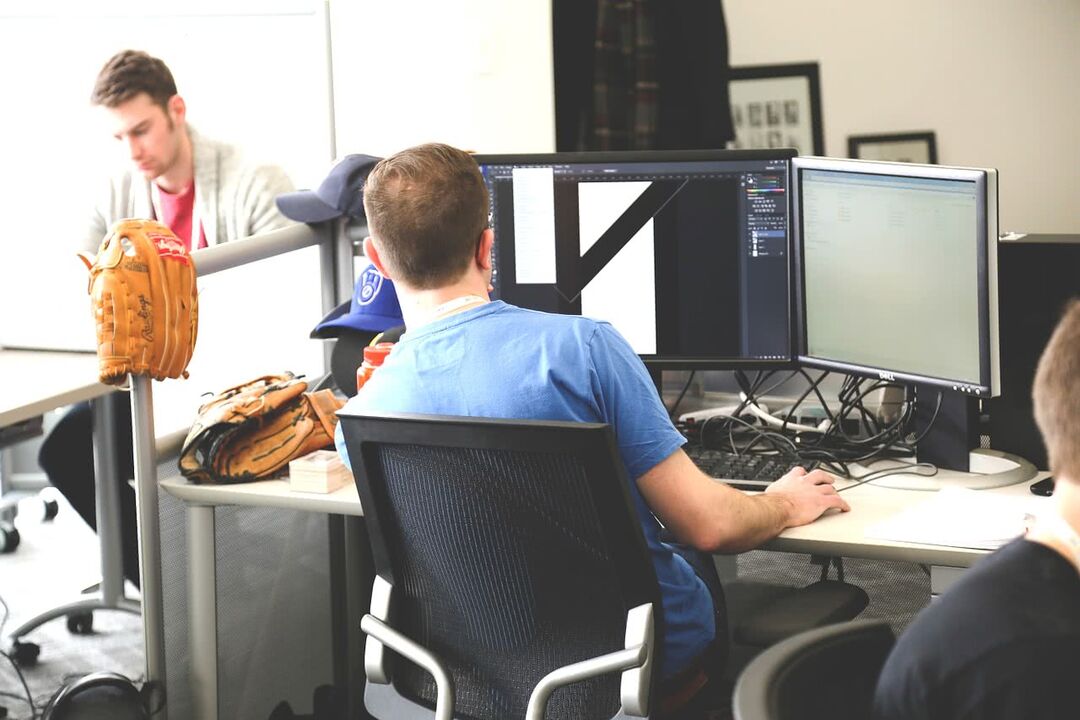Thoracic osteochondrosis is a disease in which the intervertebral discs of the thoracic spine are destroyed. Since this department is the most inactive, it is less susceptible to the disease.
With osteochondrosis of the chest, spasms and pain in the chest, under the ribs, shortness of breath, stabbing, cutting, acute pain behind the sternum are characteristic. Symptoms and manifestations of the disease can resemble those of other diseases.
symptoms
Pain in the spine is the most common and superficial symptom. Of course, they do not always talk about the development of osteochondrosis in a person. Therefore, you should pay attention to other sensations in the body:
- Chest discomfort and pain. With a sedentary lifestyle, you often don't notice this. But as soon as you start any physical activity that speeds up breathing, you will find that the pain increases. The nature of this pain can be called girdle.
- In addition, you can experience pain in completely unexpected places - in the area of \u200b\u200bthe heart, stomach, liver. This is due to the fact that thoracic osteochondrosis tends to "mask" itself as a peculiar disease. Many confuse it with, for example, gastritis, ulcers or angina pectoris.
- If you notice that you regularly have "goosebumps" in the chest area, this, combined with other manifestations, may indicate thoracic osteochondrosis.
- In some cases there may be a loss of sexual function, for example male impotence.
Pain in thoracic osteochondrosis
One of the main characteristics of this type of pain is girdle. But it is not always possible to recognize this pain from it. Here's another way it can be felt and characterized:
- most often manifested in the dark behind the sternum;
- a feeling that can be described as "a pounding in the chest";
- Discomfort in the hypochondrium, both right and left;
- foreign body sensation behind breastbone;
- If the lesion touches only the upper part of the chest region, a person may experience pain in the esophagus and throat area.
Since these symptoms are still very vague and can indicate a number of other diseases, the doctor recommends an additional ECG examination.
effect on organs
As it develops, this disease can have a negative impact on the internal organs, namely the lungs and heart. Here's what thoracic osteochondrosis can involve:
- effect on the heart. Mainly, it causes pinching of the nerve roots in the chest area. After all, this is where the nerve-heart plexuses come from. It is these plexuses that regulate the work of the heart. The main alarm bells here are regular palpitations (extrasystoles), arrhythmia, tachycardia. Effects on the circulatory system can therefore occur with any of these symptoms or with all of them at the same time;
- effect on the lungs. It is most often manifested by difficulty breathing and at the same time painful sensations.
Why does thoracic osteochondrosis occur?
Although osteochondrosis is quite common as a holistic disease, thoracic osteochondrosis is less common. The prerequisites for the appearance of this disease are found already in schoolchildren who sit at their desks with a distorted face. Because of this, children can develop scoliosis, and at a more mature age osteochondrosis. Most other causes of development are closely related to scoliosis:
- violation of posture;
- violation of metabolic processes that affect the integrity of the intervertebral discs;
- sedentary lifestyle;
- hereditary causes;
- spinal injury;
- static work and prolonged dwelling in an uncomfortable, twisted posture.

How to treat
After an accurate diagnosis is made during the tests, the doctor prescribes a special drug. With thoracic osteochondrosis, depending on the severity of the disease and the features of its manifestation, the following drugs may be included:
- First of all, drugs are prescribed that "eliminate" the pain and relieve discomfort. They are called nonsteroidal anti-inflammatory or glucocorticosteroid drugs.
- Papain is used to prevent a lack of fluid in the intervertebral disc.
- Prescribe drugs called "chondroprotectors. "With their help, there is a general strengthening of the cartilage tissue.
- Drugs that relieve spasms of the muscles around the spine can be added to the list.
- If the development of the inflammatory process is detected, then special anti-inflammatory therapy is prescribed.
But of course medication alone cannot cure it. Maintain a healthy lifestyle and proper nutrition. These measures will be useful not only for the treatment, but also for the prevention of this and many other diseases.
Exercises for thoracic osteochondrosis
Since the lack of physical activity is one of the fundamental causes of the development of the disease, the role of exercise in this case is great. In addition, if you supplement drug treatment with exercises, your body will return to normal and stabilize much faster.
There are a number of specific exercises for the chest area. When performing, follow the basic rules: no convulsions, act slowly and gently, without trying to overload the body. An increase in amplitude is allowed, but only if you do not feel pain. So, what are the most effective exercises that physical therapy offers?
- Lie face down on the floor. The hands are along the body. We bend in the chest region - gently, gently. Raise your arms and head as high as you feel, but try to avoid pain. It is recommended to make at least 5 approaches.
- For the next exercise we need a chair with a small, strong backrest. We sit right in a chair. Exhaling, we bend backwards and move our hands back. Then we return to the starting position. We repeat 10-12 times.
- We stand tall. Hands at the seams, legs together. Take a deep breath and raise your hands. As you exhale, slowly bend back and lower your arms. We return to the starting position. It is recommended to do 7-9 sets at a time.
- Get on the floor on all fours. Slowly bend your back on the inhale, returning to the starting position on the exhale. Repeat the exercise 7-10 times.
- We lay face down on the floor. hands at the seams. Your task is to rip the body off the floor and stretch your head to your heels. We pull the whole body, we train the chest. The required number of approaches is 7-8.
- We work with the upper part of the chest region. Starting position - arms at the seams, feet shoulder width apart. We work with the shoulders. We lift them first together, then individually. We rotate the shoulders forward - back, forward - back. We carry out 10-15 approaches for each task.
- You can also make circular movements with your hands for the upper part of the chest region. Starting position as in the previous task. Stretch your arms out to the side, clench your palms into fists. We perform the rotation of the fists forward - backward, then the rotation of the arm from the elbow - back and forth, then the whole arm back and forth. We perform each part of the exercise 4-6 times, generally we repeat the exercise 2-4 times.
Exercise for at least 15-20 minutes in the morning and evening. Dilute it with a series of exercises for other muscle groups, including several of the options described above.
massage
Massage is also a very good tool in the fight against osteochondrosis. Here there is a therapeutic massage, which, after a thorough examination of the patient, is prescribed by a specialist. You can also do it at home - here are some ways it can be done.

honey massage. We need 2-3 tablespoons of honey, preferably not candied, warm. We dip the palms in honey so that they are covered with a thin layer. We apply it in the area behind the sternum and tear off sharply, repeating several times, moving the palms from place to place.
This massage should not be done for too long as it causes pain. 10-15 minutes is enough for one session. The skin will then turn red, will "burn".

Classic massage. It consists of several steps, including: stroking, kneading, vibration, rubbing. It is recommended to do a massage with a cream or ointment for osteochondrosis - it can be recommended to you by the attending specialist.
The duration of this massage should not exceed 20 minutes, and the entire course of treatment in this way should not exceed 11-13 sessions. As a preventive measure, it is also recommended to knead the neck, arms, shoulders, buttocks and even legs.
treatments at home
In addition, there are alternative methods for the treatment of thoracic osteochondrosis. Rubbing, for example, is very good, the basis of which can also be used when performing a massage. Lilac flowers, horseradish root, garlic, onions, potatoes, ficus are usually used as a basis. Honey, vegetable oil, and sometimes cologne or alcohol are added. Everything is thoroughly mixed into a homogeneous mass and rubbed the damaged area. For example, you can prepare a rub from ficus leaves according to the following recipe:
- Ficus leaves in the amount of 6-8 are passed through a grater or cut into small pieces. Placed in a container where they pour 2 bottles of Triple Cologne. Mix. 2 weeks rubbing should be in a dark place. Then it is necessary to use it at least 2 times a day until heat appears on the skin.

Working at the computer is one of the main causes of osteochondrosis. If you stay at the computer for a long time, it is advisable to do exercises at least every two hours.
Daily computer activities without physical activity can lead to poor posture. This happens because a person performs static work for a long period of time without resting the muscles and spine and without warming up or taking breaks. In the future, without correction of this problem, osteochondrosis of the chest region may develop.
To prevent this, experts advise using the so-called Office Charging, which is designed specifically for those who work on the computer most of the time.
The following exercises, for example, are very good:
- Arch your back by stretching your arms up and throwing your head back. Feel a pleasant heaviness in your back. After every hour of work on the computer, do at least 3-4 times.
- Perform circular head rotations. Look left and right, tilt your head forward and back.
- Raise your arms up - to the sides - forward - to the sides. Repeat several times.
- If possible, stand next to your work station and switch from one foot to the other.
Do not forget to change your position while working at the computer, then you will save your health, spine and posture for a long time!
Strengthening of the back muscles in osteochondrosis
Strengthening of the back muscles is a very important component in the treatment and prevention of osteochondrosis. To do this, it is enough to engage in physical activity - play sports, attend fitness classes or the gym. Choose the option that suits you best. Swimming, for example, strengthens muscles well, so you can not only enjoy it, but also improve your body.






























